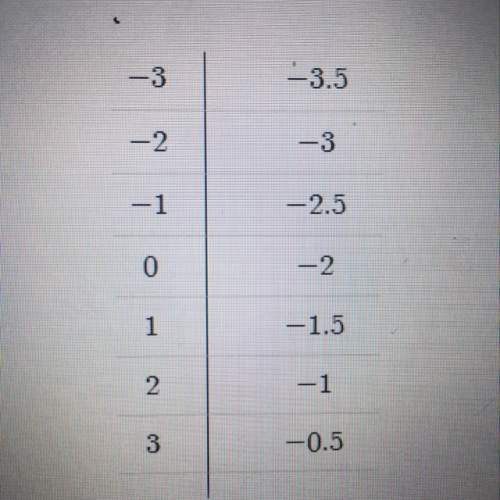
Mathematics, 25.12.2019 04:31 izzy488
There has been much debate about the impact of minimum wages on employment and unemployment. while most of the focus has been on the employment-to-population ratio of teenagers, you decide to check if aggregate state unemployment rates have been affected. your idea is to see if state unemployment rates for the 48 contiguous u. s. states in 1985 can predict the unemployment rate for the same states in 1995, and if this prediction can be improved upon by entering a binary variable for "high impact" minimum wage states. one labor economist labeled states as high impact if a large fraction of teenagers was affected by the 1990 and 1991 federal minimum wage increases. your first regression results in the following output: u 95 = 3.19 +0.27 x ur 85, r2=0.21, ser=1.031 (0.56) (0.07) 9. sketch the regression line and add a 45 dgree line to the graph. interpret the regression results. what would the interpretation be if the fitted line coincided with the 45dgree line? 10. adding the binary variable dhiimpact by allowing the slope and intercept to differ, results in the following fitted line: ur ? = 4.02 + 0.16 x ur85-3.25 dhilmpact +0.38 (dhilmpactx ur $5), (0.66) (0.09) (0.89) (0.11) r2 = 0.31, ser=0.987 the f-statistic for the null hypothesis that both parameters involving the high impact minimum wage variabl are zero, is 42.16. can you reject the null hypothesis that both coefficients are zero? sketch the two regressic lines together with the 45dgree line and interpret the results again.

Answers: 3
Another question on Mathematics

Mathematics, 20.06.2019 18:04
Identify the translation rule on a coordinate plane that verifies that square a(-4, 3), b(-4, 8), c(-9, 3), d(-9, 8) and square a'(-3, 2), b'(-3, 7), c'(-8, 2), d'(-8, 7) are congruent.
Answers: 1

Mathematics, 21.06.2019 17:00
In tossing one coin 10 times, what are your chances for tossing a head? a tail? 2. in tossing one coin 100 times, what are your chances for tossing a head? a tail? 3. in tossing one coin 200 times, what are your chances for tossing a head? a tail? deviation = ((absolute value of the difference between expected heads and observed heads) + (absolute value of the difference between expected tails and observed tails)) divided by total number of tosses. this value should always be positive. 4. what is the deviation for 10 tosses? 5. what is the deviation for the 100 tosses? 6. what is the deviation for 200 tosses? 7. how does increasing the total number of coin tosses from 10 to 100 affect the deviation? 8. how does increasing the total number of tosses from 100 to 200 affect the deviation? 9. what two important probability principles were established in this exercise? 10. the percent of occurrence is the obtained results divided by the total tosses and multiplied by 100%. toss the coins 100 times and record your results. calculate the percent occurrence for each combination. percent head-head occurrence: percent tail-tail occurrence: percent head-tail occurrence:
Answers: 3

Mathematics, 21.06.2019 17:00
Parks is wearing several rubber bracelets one third of the bracelets are tie-dye 1/6 are blue and 1/3 of the remainder are camouflage if parks wears 2 camouflage bracelets how many bracelets does he have on
Answers: 2

You know the right answer?
There has been much debate about the impact of minimum wages on employment and unemployment. while m...
Questions

English, 26.05.2021 06:40




French, 26.05.2021 06:40






Physics, 26.05.2021 06:50

Mathematics, 26.05.2021 06:50


Biology, 26.05.2021 06:50

Mathematics, 26.05.2021 06:50


Mathematics, 26.05.2021 06:50

English, 26.05.2021 06:50


Chemistry, 26.05.2021 06:50




